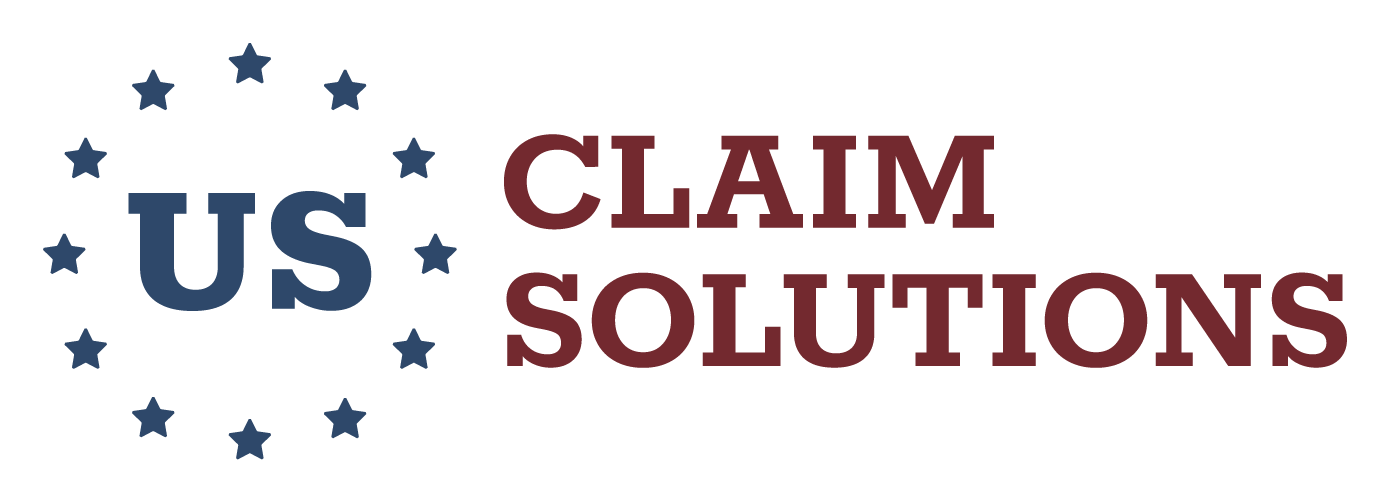The way an insurer manages their claims process is fundamental to its profits and long-term sustainability. Unfortunately, that process is typically time-consuming and labor-intensive, involving multiple systems, outdated technology, and disparate business units. The results of which are claims processing delays and quality issues leading to a negative customer experience.
If you want to increase the profitability of your claims management process, there are 4 key areas in which you can make an impact:
- Increase adjuster productivity
- Increase customer satisfaction
- Decrease operational costs
- Decrease loss exposure and risk
But First, Let’s Start by Addressing Claims Leakage
Claims leakage is the amount of revenue lost during the claims process. In fact, squandered dollars in claims management cost the insurance industry billions annually in the United States alone.
Here are some prime examples of how that number adds up:
- Overpayment of claims
- Reopened claims that increase admin expense
- Excess defense cost and containment expense due to inefficient claims management
- Variance in payout by adjuster
- Excess manual processing of work due to lack of digitized processing
- Rework and redundant processing due to under-standardized processes
So, what can you do to improve the efficiency of your claims management process and increase profitability?
The 3 Components of Claims Processing Efficiency
First, it’s important to take a look at your existing claims management process to identify its strengths and weaknesses. This comes down to 3 major components: your people, your processes, and the technology you deploy to enable them.
Empower Your People (Adjusters)
Help your adjusters make the right decisions. Provide resources for best practices, streamline access to information, and reduce the time needed to conduct research. Much of this will be addressed in the sections that follow, but it’s important to realize that your adjusters are at the core of your claims management process.
- Training: while the processes you outline and the technology you deploy can have a significant impact on the claims management process, it is to no avail if adjusters are not using them properly. Initial and ongoing training are necessary to ensure proper deployment.
- Management: performance is often measured team-wide and based on averages. Consider measuring more closely individual adjuster performance as this can help to identify and rectify varying output.
- Customer Service: due to the nature of the insurance industry, claimants are already in a bad mood when dealing with adjusters. Creating an experience that is streamlined and consistent across all forms of communication is the best way to satisfy and retain customers. Remember that adjusters serve as the face of your organization and need to be empowered to do just that.
Define Your Processes
Consistency is an important factor in creating a more predictable and measurable claims management process. Consider the amount of data your team needs to access, how they interact with claimants, work activities, instructions, best practices, etc. All resources should be standardized, documented, and made easily accessible to your team if efficiency is the goal.
- Standardization: if each of your adjusters follows their own processes or guidelines, it’s going to lead to inconsistencies and discrepancies when other individuals get involved. Consistency across individual team members leads to predictability throughout the organization.
- Documentation: the next step is to formalize these processes for training and management purposes. Adjusters cannot be held accountable to standards that have not yet been formalized.
- Accessibility: finally, these processes and information must be made readily available to your team so that they can follow protocol and streamline their workflows as intended.
Deploy the Right Technology
Efficiency can’t be achieved without the right tools to get the job done. Take stock of the technology your organization has already deployed. How can systems be integrated to increase the accuracy and availability of information? How can you use that information to make smarter decisions and increase the efficiency of the claims management process?
- Integrate Disparate Technologies: isolated systems tend to slow claims processionals down and lead to missed cost containment opportunities. It takes time to switch back and forth between systems and is much harder to ensure the accuracy of information that is stored in multiple places. By making investments in technology that integrates these systems, it’s possible to streamline the claims management process.
- Provide Access to Information: adjusters require access to information with speed and accuracy from everywhere. Data should be updated in real time, ensuring accurate information such as policy numbers and deductibles or validating claimant information. Access to third party information should be included and readily available.
Consider developing an app that allows your adjusters to access data from their phones and tablets while in the field.
- Improve Analytics & Reporting: Visual dashboards allow adjusters to make better-informed decisions in real time. Business intelligence (BI) tools also help to paint a clear picture from vast quantities of seemingly incompatible data. It enables insurers to map data points to products, employees, transactions, cycle times, organizational groups and more.
You can take this a step further with predictive modeling to make more accurate assumptions about the future based on decisions made today.
- Automate Repetitive Tasks: remove administrative work and enable adjusters to be more productive with their time. Tools that facilitate process automation eliminate labor intensive, error prone, and time consuming manual tasks, thus reducing labor costs and improving the quality of information.
Consider how the following could impact the profitability of your claims management process:
-
- Document classification, page separation, data extraction and validation
- Track payments and send alerts that may indicate potential overpayment
- Flag inactivity on open claims to decrease cycle time
These are just a few of the MANY ways that automation can be used in the claims management process.
BONUS: Leverage Strategic Partnerships
Sometimes it helps to think outside of the organization. Strategic partners can help to identify specific areas to make improvements within the claims management process. They can help you purchase, deploy, and manage the technology you require to reach new levels of efficiency and profitability.
So, how can US Claim Solutions help?
We bring extensive knowledge and expertise in both field and desk adjusting. Should you need to leverage independent claims adjusters, we’re here to service your claims needs 24 hours a day, 7 days a week, nationwide.
Email us at customerservice@usclaimsolutions.co or give us a call at (888) 701-1153.
Sources:
- https://www.inform-software.com/blog/post/insurance-process-optimization-4-steps-to-increase-profitability
- https://inmediatesg.medium.com/ways-to-increase-profitability-by-optimizing-insurance-claims-29cdbf3e0090
- https://cbps.canon.com/assets/pdf/Brief_Insurance_FiveWaystoAdvanceandImproveInvoiceClaimsProcessing_CanonBusinessProcessServices_170508_124723.pdf
- https://thelabconsulting.com/reduce-insurance-claims-leakage-loss-ratio-via-standardization-business-intelligence-robotic-process-automation-rpa/
- https://www.flatworldsolutions.com/healthcare/articles/how-to-improve-your-claims-management-process.php
- http://www.insurancesupportworld.com/blog/tips-to-improve-insurance-claims-management-process/



Leave a Comment